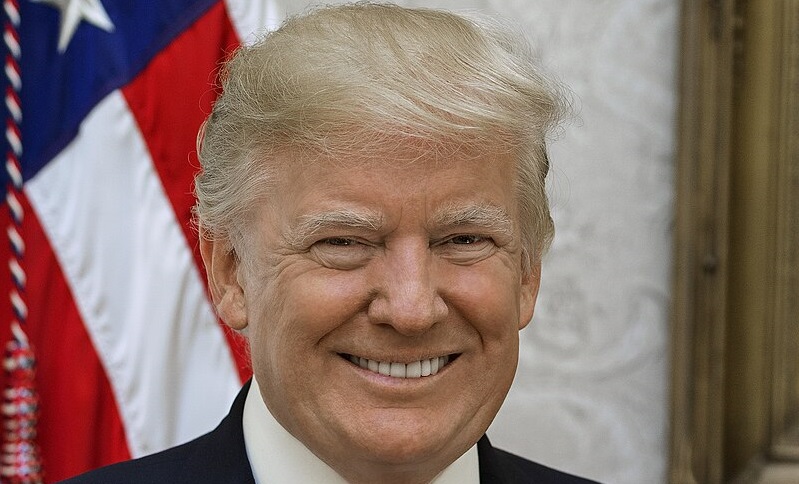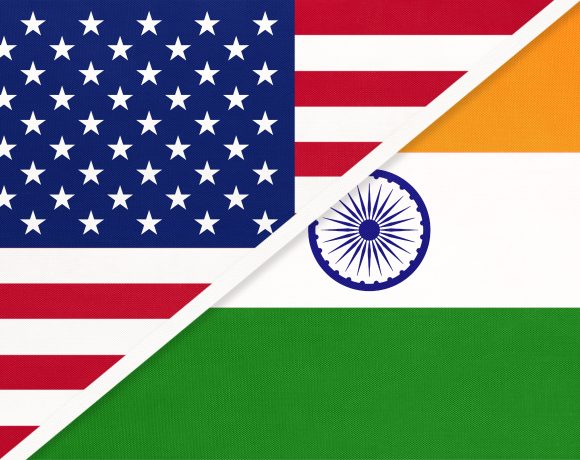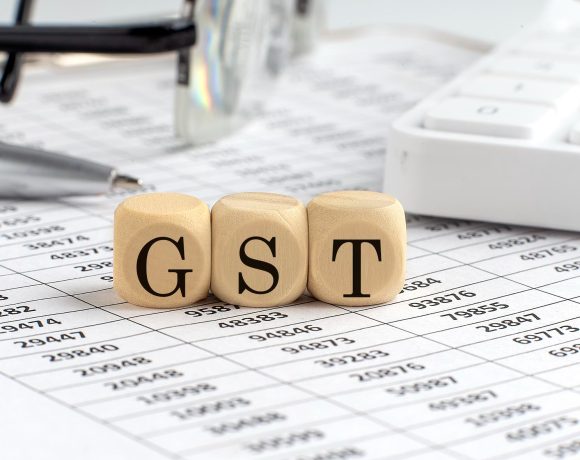
Trump Threatens 50% Tariff on EU Goods; EU Plans €95B Retaliation
In a dramatic escalation of U.S.-EU trade tensions, U.S. President Donald Trump announced on May 23, 2025, that his administration would impose a 50% tariff on all goods imported from the European Union starting June 1. The declaration has sparked immediate pushback from Brussels, which has warned of retaliatory tariffs worth up to €95 billion, setting the stage for a high-stakes transatlantic trade confrontation.
“We will not continue to be taken advantage of. Unless they build their factories here, they will pay.” — Donald Trump
Trump’s Justification: Trade Deficit and Factory Demands
President Trump, during a rally and subsequent press briefing, claimed that the U.S. had suffered long enough under what he called “grossly unfair trade terms” with the EU. He cited the U.S.-EU trade deficit, particularly in automotive and luxury goods, as proof of imbalance.
Trump also threatened European corporations with “severe penalties” unless they agreed to relocate manufacturing to the United States. “If Mercedes wants to sell in America, let them build in Michigan, not Munich,” he declared, reiterating his long-standing “America First” policy approach.
EU Fires Back with €95 Billion in Countermeasures
The European Commission was quick to respond. EU Trade Commissioner Maroš Šefčovič called the tariff threat “unilateral, reckless, and economically dangerous.” He confirmed that the bloc had drafted a detailed €95 billion countermeasure package targeting U.S. agricultural exports, consumer goods, and tech services.
Šefčovič added that the EU remains open to dialogue but will not “negotiate under duress or threats.” European diplomats also hinted at activating WTO mechanisms to challenge the proposed tariffs, echoing their approach during Trump’s earlier trade spats from 2018–2019.
Global Markets React, Economists Sound Alarm
The announcement sent immediate ripples across financial markets. European indices such as the DAX and CAC 40 dipped sharply, while the Dow Jones and S&P 500 posted intraday losses amid fears of disrupted global supply chains and increased input costs.
Economists have warned that a tit-for-tat tariff war between two of the world’s largest trading blocs could shave off as much as 0.6% from global GDP growth in the next fiscal year. Sectors such as aviation, agriculture, luxury automobiles, and electronics are expected to bear the brunt of retaliatory measures.
Diplomatic Channels Remain Open
Despite the chest-thumping, both Washington and Brussels have signaled that lines of communication remain active. EU Trade Commissioner Šefčovič is scheduled to hold a virtual call with U.S. Trade Representative Jamieson Greer in the coming days to discuss a potential path forward.
Officials on both sides admit that while the rhetoric is heated, a negotiated settlement is not out of reach—though any resolution may require concessions that neither side seems willing to make just yet.


















